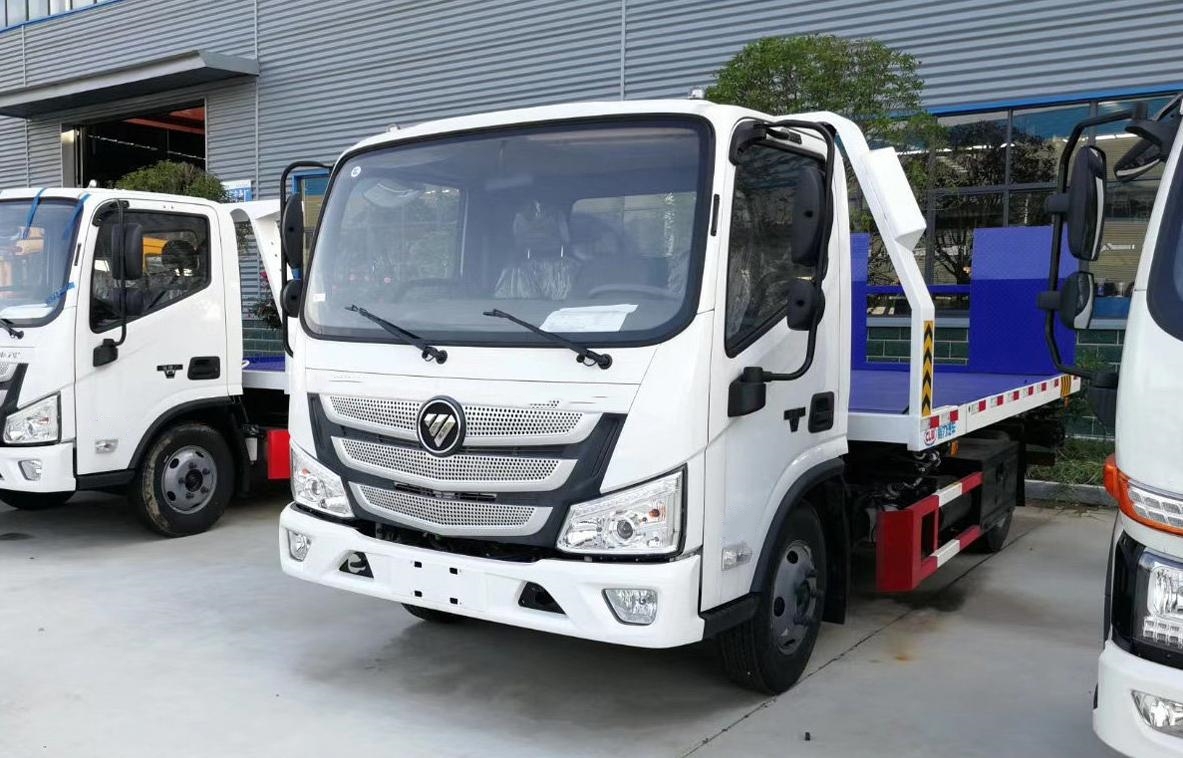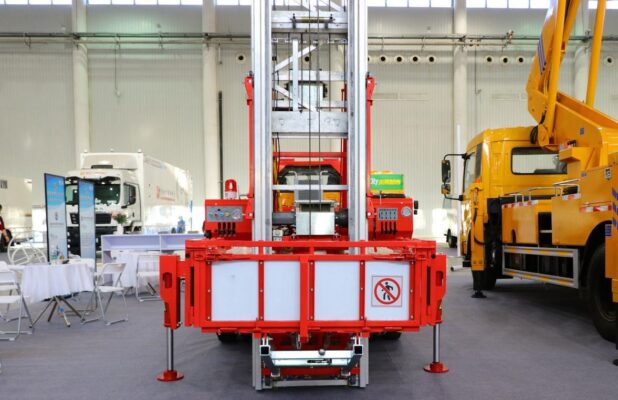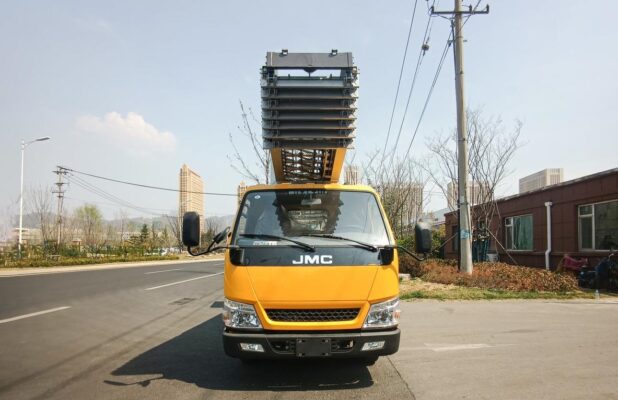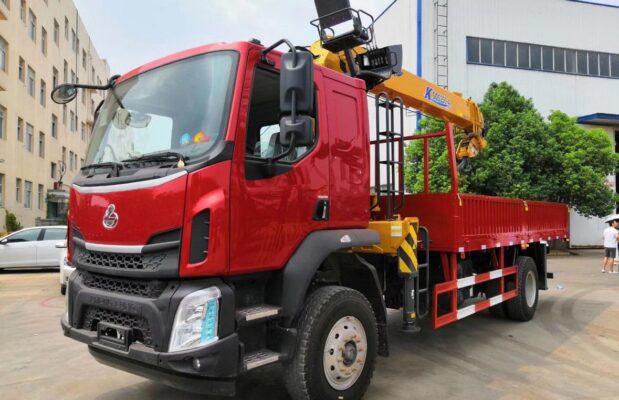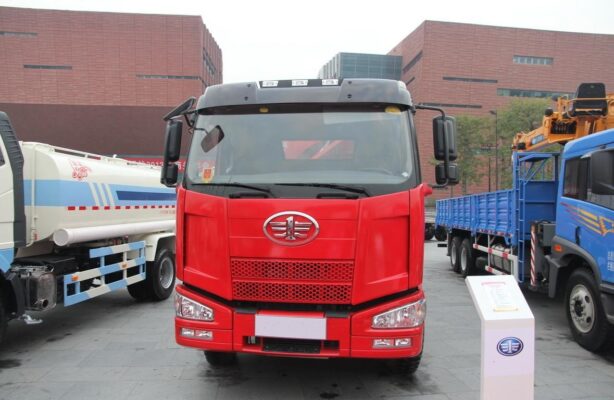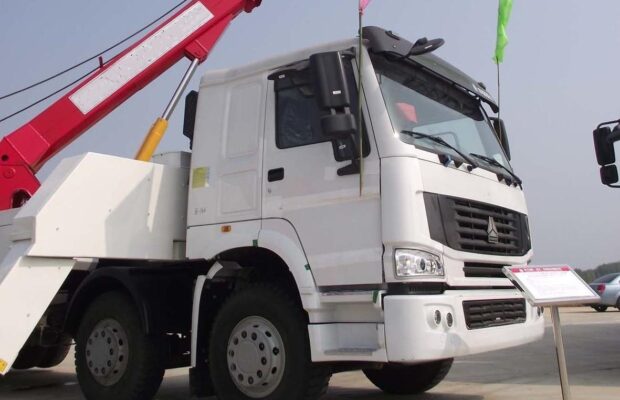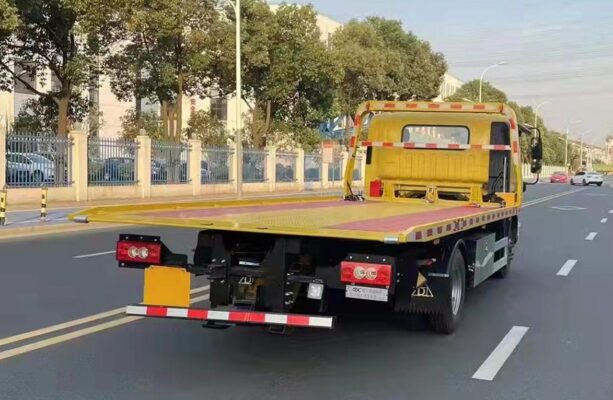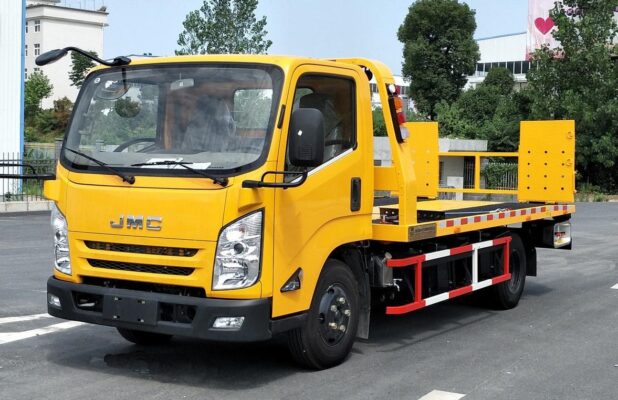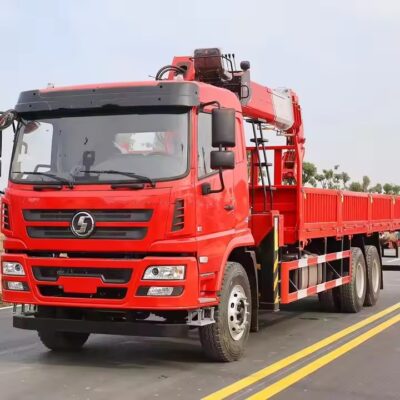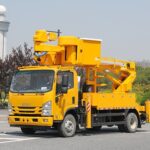Lifting operations in construction and industrial environments involve inherent risks, and adherence to safety protocols is critical to preventing accidents and ensuring the safety of personnel. Unfortunately, various violations have been observed in lifting operations that compromise safety standards and increase the likelihood of accidents. This summary outlines key violations identified during recent inspections, highlighting the importance of compliance with safety regulations and operational protocols.
1. Unauthorized Use of Lifting Equipment
A significant violation noted was the use of personnel lifting baskets on-site that had not been properly designed and approved. Utilizing such equipment without appropriate authorization poses serious safety risks, as these lifting devices may not meet necessary safety standards, leading to potential failure during operation. All lifting equipment must undergo rigorous testing and receive official approval before being utilized in lifting operations.
2. Inattentive Crane Operations
Crane operators displayed a lack of attentiveness, failing to conduct proper checks before commencing work. This negligence included not sounding the horn before moving the cần cẩu, which is a crucial safety practice to alert surrounding personnel of potential movement. Proper pre-operational checks and communication protocols are essential to prevent accidents and ensure the safety of all workers on site.
3. Incorrect Lifting Signals
Another critical violation involved the improper use of lifting signals during operations. Signal personnel, responsible for directing cần cẩu movements, were observed wearing gloves, which can impede their ability to communicate effectively. Correct signaling is vital for coordinated operations, and all personnel involved must be trained and equipped to provide clear and audible signals without hindrance.
4. Lifting Loads Over Personnel
A severe safety violation occurred when loads were lifted while passing over individuals’ heads. This practice is extremely hazardous, as it exposes workers to the risk of being struck by falling objects. Proper safety protocols dictate that no loads should be lifted over personnel unless absolutely necessary, and if such a situation arises, appropriate protective measures must be implemented.
5. Improper Lifting Points
Using unsuitable lifting points, such as pipes or unstable beams/columns for heavy objects, was another significant violation noted. These makeshift lifting points lack the structural integrity to support heavy loads, increasing the risk of failure during lifting operations. It is imperative to identify and use designated lifting points that have been tested for strength and stability.
6. Failure to Inspect Lifting Equipment
Lifting equipment such as winches, electric hoists, cần cẩuS, elevators, and chain hoists were not properly checked before use, leading to the utilization of unqualified lifting tools. Regular inspection and maintenance of lifting equipment are crucial for ensuring operational safety and functionality. Ngoài ra, power sources should be turned off after work, and operation switches must be locked to prevent unauthorized use.
7. Inadequate Load Securing
Loads were inadequately secured, with insufficient safety factors in the binding ropes and angles between the ropes exceeding 90 độ. Proper load securing techniques are essential to prevent shifting or falling loads during transportation. Binding ropes must be of appropriate strength and securely fastened, and angles must be carefully considered to maintain stability.
8. Risk from Sharp Edges
Binding ropes came into contact with sharp edges without protective padding, which can lead to cuts and failures in the ropes. Tương tự, no padding was used for contact with smooth surfaces, increasing the risk of slippage. Protective measures such as padding and appropriate rope guides should always be employed to minimize the risk of damage.
9. Ignoring Lifting Protocols
The principle of “check – trial lift – recheck – thang máy” was not adhered to during lifting operations. Following this protocol is vital for ensuring that all safety measures are in place before actual lifting begins. Neglecting this step increases the risk of accidents and equipment failure.
10. Uncertified Operation of Lifting Equipment
Lifting equipment such as winches, elevators, Và cần cẩus was operated without proper certification. Operators must be trained and certified to ensure they understand the equipment’s capabilities and limitations. Operating untrained or uncertified personnel compromises the safety of the entire lifting operation.
11. Poor Winch Operation Practices
Winch operators did not conduct thorough checks during work and often failed to remain at their posts, which can lead to miscommunication and accidents. Proper training and adherence to operational protocols are crucial for safe winch operations, including the requirement to remain vigilant and engaged throughout the lifting process.
12. Elevator Operation Violations
Elevator operators neglected to conduct careful checks, leading to various indicator lights and illumination lights failing to illuminate when starting the elevator. Ngoài ra, elevator doors were not locked after work, presenting a safety hazard for subsequent users. Regular checks of safety indicators and proper locking mechanisms are critical to ensure safe elevator operation.
13. Use of Damaged Equipment
Steel wire ropes with broken strands or those exceeding acceptable limits were used, posing significant safety risks. Regular inspection of lifting gear is necessary to identify and remove any damaged components from service before they can compromise safety.
14. Inadequate Pulley Systems
Pulleys without sealed hooks were observed in use, which can increase the risk of accidental disconnection of the load. Proper equipment must always be used to ensure safe lifting operations.
15. Miscommunication in Crane Operations
In the installation of washing and dust removal pumps, maintenance personnel who did not understand lifting signals directed the cần cẩu directly, leading to potential miscommunication and unsafe lifting practices. Clear communication and understanding of lifting signals among all personnel involved in lifting operations are crucial for safety.
16. Improper Use of Materials
Natural fiber ropes and No. 8 iron wires were improperly used for lifting lighter items, which do not meet safety standards for lifting operations. Adherence to material specifications is necessary to prevent equipment failure and ensure safe lifting practices.
17. Non-compliance in Scaffolding
Materials used for scaffolding did not meet required standards, including improper spacing between vertical rods, horizontal rods, and railings. Ngoài ra, there were no dedicated ladders for passage, which can lead to falls and accidents. Compliance with scaffolding standards is essential for ensuring worker safety during construction activities.
18. Unauthorized Structural Alterations
Maintenance personnel altered the scaffolding structure without the consent of lifting personnel, leading to unsafe conditions. Changes to scaffolding must be communicated and approved by qualified personnel to maintain structural integrity and safety.
19. Insufficient Diagonal Bracing
Scaffolding that required diagonal braces was erected without them, leading to instability. Diagonal braces are critical for maintaining the rigidity of scaffolding, and their absence can result in dangerous swaying or collapse.
20. Unfastened Scaffolding Boards
Scaffolding boards were not securely fastened, and boards had protruding edges or extended beyond the support span. Proper installation and securing of scaffolding boards are essential to prevent slips and falls from height.
21. Non-compliant Iron Wire Usage
The type of iron wire used for scaffolding did not meet specifications, or unannealed iron wire was used, compromising the safety and stability of the scaffolding structure. Compliance with material standards is critical for ensuring the structural integrity of scaffolding.
22. Insecure Steel Scaffolding
Steel scaffolding was erected without proper bases, or the bases lacked protective pads. Couplers were found to be loose, and joints of vertical rods were not fitted with pins, leading to potential collapse of the scaffolding. It is essential to ensure that scaffolding is securely anchored and all connections are properly fitted.
23. Inadequate Safety Measures
Steel scaffolding boards were not installed stably or securely, and double railings were not installed. The absence of these critical safety features increases the risk of falls and injuries. Adequate safety measures, including stable board installation and double railings, must be implemented during scaffolding work.
24. Lack of Supervision During Scaffold Work
When erecting or dismantling scaffolding at height, no personnel were designated for supervision below. Having a designated supervisor is crucial for monitoring operations and ensuring the safety of workers below.
25. Reckless Material Handling
Materials were thrown down recklessly when dismantling scaffolding, posing serious risks to personnel below. Safe material handling protocols must be established to prevent accidents during the dismantling process.
26. Poor Lighting Conditions
Scaffolding was erected or dismantled in poorly lit environments, and double lighting was not set up in special locations such as boiler chambers. Adequate lighting is essential for ensuring worker visibility and safety during lifting operations.
27. Lack of Scaffolding Inspection
Scaffolding was not inspected, and no signage was displayed, or the signage was outdated. Regular inspections and clear signage are necessary to inform workers of potential hazards and ensure compliance with safety protocols.
28. Improper Manual Transportation of Heavy Objects
When manually transporting heavy objects, no designated personnel were assigned to direct the operation, or the weight exceeded the specified limits. Proper planning and personnel assignment are essential to ensure safe manual transportation and prevent injuries.
Phần kết luận
These violations highlight the critical need for strict adherence to safety protocols and operational procedures in lifting operations. Proper training, equipment maintenance, and communication among personnel are fundamental to minimizing risks and ensuring the safety of all workers on site. Addressing these issues through comprehensive training programs, regular inspections, and rigorous enforcement of safety regulations is essential for preventing accidents and promoting a culture of safety in lifting operations.

